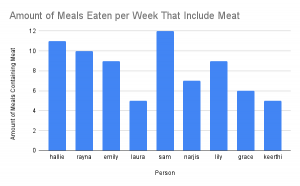Solar energy is a commonly referenced form of alternative energy in the conversation regarding the rising global temperatures and the consequences of human impact on our world. The sun is both a highly relevant and accessible form of alternative power, and solar panels, especially as of late, have begun to crop up, and many people have made the choice to install them into their own homes as a form of energy production and usage. According to the site Sustainable Energy – without the hot air, the raw power produced by sunshine on a clear day is ~ 1000 watts per square meter of land facing the sun, not ordinary land area. Because of the tilt of the Earth’s axis (~23.5 degrees), the calculations of sun that is able to be utilized in the form of solar energy needs to be accounted for. This leaves about 60% of viable solar power left over at the equator that is available to be used as an energy source when taking into account the tilt of the Earth’s axis. In the UK, sunshine is available for ~34% of the daylight hours, and the average intensity during more mild seasons is ~32%. Solar energy is more or less feasible in terms of a long-term energy source in that it is always available, but based on the changing seasons, particularly in temperate countries like the United Kingdom and the United States and Canada, the intensity levels and amount of power that can be drawn from the sun is highly variable and largely dependent upon the current season. Summarily, the average intensity per unit of land area in the UK is 100 watts per square meter. Additionally, four potential uses of solar energy include solar thermal energy, solar photovoltaic energy, solar biomass, and food in the form of solar biomass which would subsequently be consumed by humans and other animals. In terms of vitality and relevance, solar thermal energy is useful insofar as that it produces low-grade energy, and can produce heat, but this heat cannot be transmitted to the electricity grid, and is therefore wasted should it not be needed. Wind turbines are a more reliable source in this regard. Solar photovoltaic (PV) energy panels convert sunlight into electricity at an efficiency rate of ~10%. Expensive panels operate at a rate of about ~20%. With high-grade technology and proper installation, the best PV panels operate at an efficiency rate of ~60%, which is not bad. Solar biomass also provides an alternative solution and food source in the sense that we can grow specific plants and dispose of them in a power station that will turn the waste/by-products of human consumption into electricity, heat, or both. We can also grow and harvest plants that can be then transformed into fuels like ethanol and diesel fuel for engines and the like, this providing another substantial, and ethical, alternative form of fuel for transportation. In short, solar energy is both viable and readily accessible, and I think it is defiantly a form of energy worth considering.
Sources cited:


